Building, landscaping, hardscaping and all other types of construction materials come in various types. Therefore, it’s important for you to learn and master the different varieties available, to help you make the right choice for your construction project. The best place to start is by understanding similar materials such as the base rock and the drain rock.
In this article, we take you through all you need to know about these two equally important types of rocks in building and construction. Let’s get started!
Contents
What is Drain Rock?
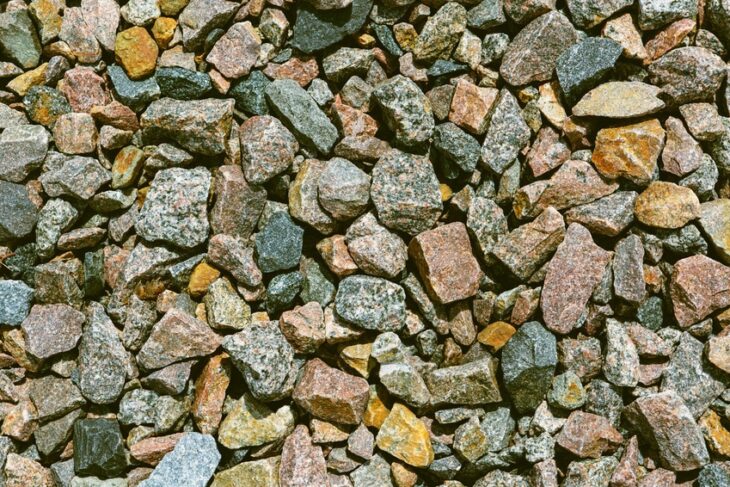
Source: builderssandandgravelinc.com
You cannot have a meaningful discussion about landscape architecture without mentioning rocks. In the building sector, rocks are considered to be the simplest, most useful and oldest resources with impressive versatility. If you take a minute to look around various buildings, you will notice that there are various stone materials, in several shapes and styles used to enhance the beauty of building applications.
One of such stones is the drain rock. It’s neither too small nor big, and its shape isn’t definite. So because of this, the drain rock is easily identified by its purpose. And that’s to help manage the flow of water in the drainage system.
What is Base Rock?
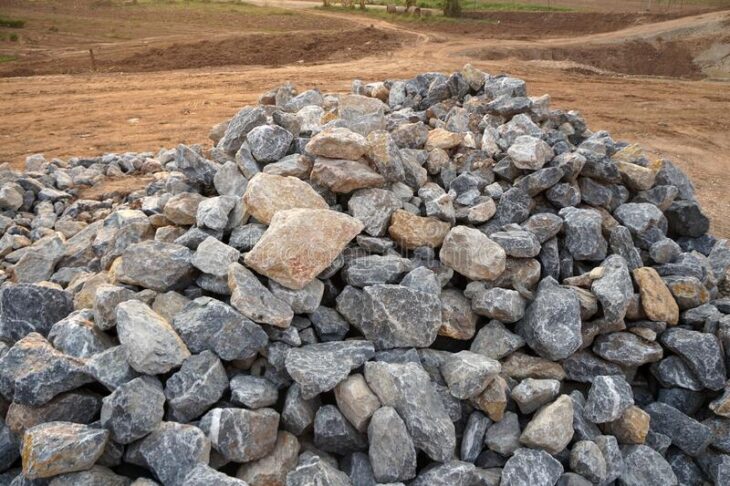
Source: dreamstime.com
On the other hand, base rock is simply a combination of fine and coarse aggregate. It’s the combination of the larger and smaller rock particles that give the base rock its unique compact feature.
Common Features and Application of Base Rock
Base rocks are categorized into various types depending on their features.
AB-3
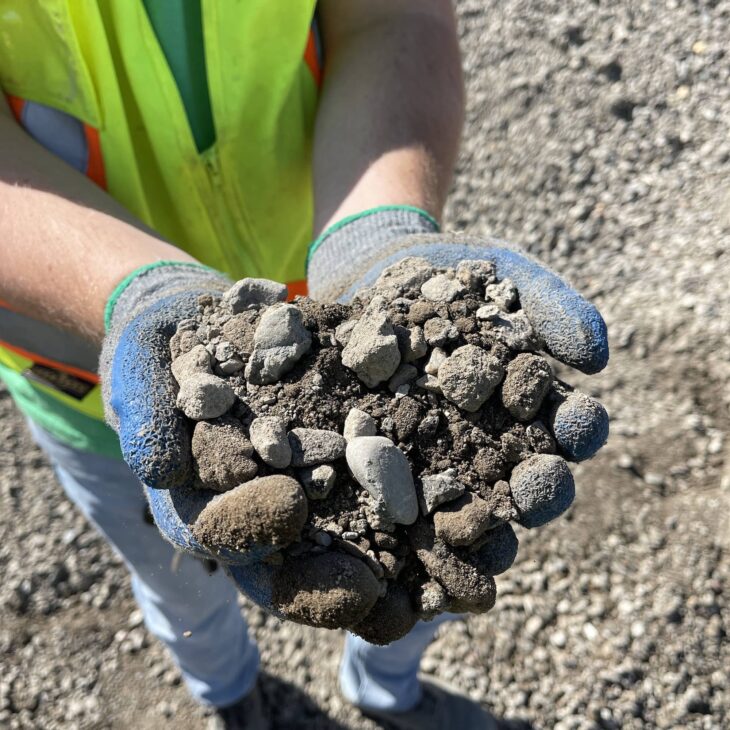
Source: argentmaterials.com
AB-3 is one of the most affordable base rock varieties. It’s well known to pack tightly creating an incredibly tight base layer. This is because it contains more fines than crushed stones giving it a more dusty and sticky feel. Therefore, to ensure the durability of AB-3 base rock, you should never leave it exposed. Because it can easily get dusty during dry seasons and be blown away by the wind. Or expel too much dust into the environment, which can lead to respiratory issues.
Instead, if you settle on this eco friendly economical AB-3 base rock, consider covering it up or surfacing it with Hardrock, especially on driveways and other parking applications.
Because of its sticky nature, you should avoid using the AB-3 base rock in muddy or frequently wet places. It might take forever to dry and its stability won’t be guaranteed.
KGE

Source: northridgesand.com
Unlike AB-3, the KGE base rock uses fewer fines and more crushed stones. And because of this, it’s less sticky making it a preferred choice among qualified contractors and local municipalities. Since it uses fewer fines, this base rock is more expensive than AB-3, but it’s worth the price.
Due to its reliability, KGE is popularly used in parking areas, driveways, and in filling potholes. It can comfortably withstand wet environments, hence more durable than AB-3.
Screenings
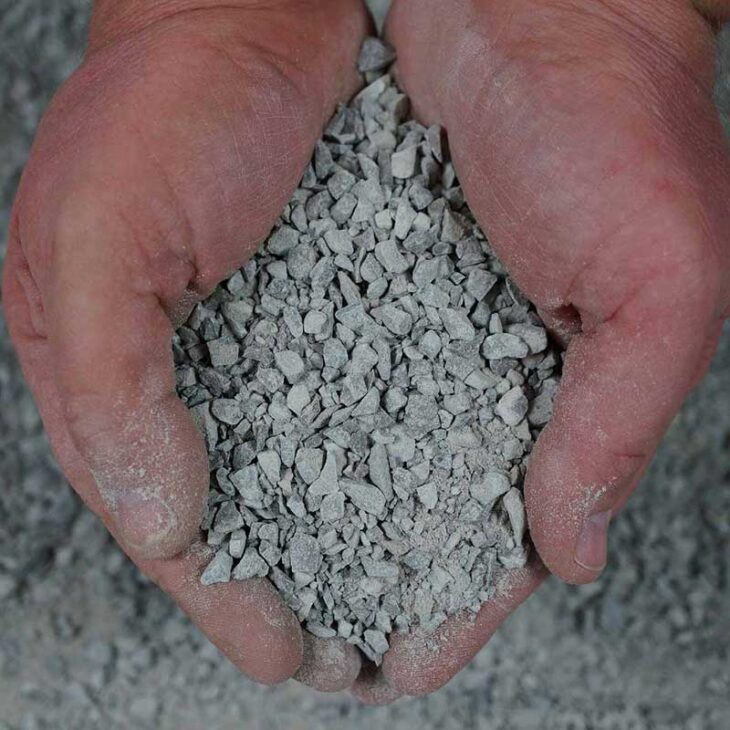
Source: carrexcavating.com
Popularly referred to as the limestone screens, this base rock is a good combination of screened dust from big rock products and small chips. It isn’t sticky as the AB-3, making it easy to use. This base rock is popularly used on landscapes, and other similar applications, where it can be easily compacted and levelled into a very hard surface.
If the screens get too wet, they can get annoyingly chunky, making them difficult to work with. Therefore, ensure you use it when relatively dry for best results.
Hard Rock Base

Source: northridgesand.com
As its name suggests, the hard rock base is much harder than the above-mentioned types. It doesn’t break down easily and doesn’t form dust as quickly as other softer rocks. Because of these properties, hard rock base is popularly used on roads, slightly busy driveways, or driveways where a contractor wants to use it as both the base and surface material. It can withstand pressure and mild wetness.
3 Cream Limestone
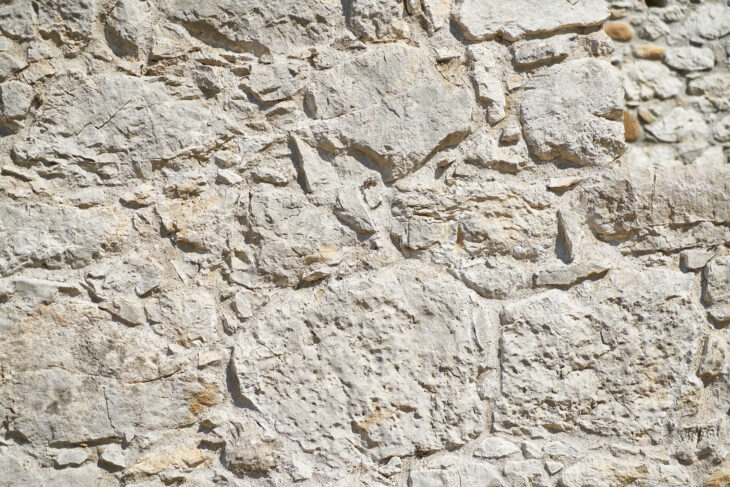
Source: southlandstone.com
Also referred to as the 1 X 3 base rock, this is a heavy-duty base rock option that’s most suitable for commercial parking lots and other heavy traffic applications. It offers more impressive stability than even the hard rock base, and can comfortably accommodate excessive wetness. This makes it a preferred choice for back fillings, mud holes and fixing washouts, among other similar applications.
Common Features of Drain Rock
Although the drain rock doesn’t have as many features as the base rock, it still comes in various types, which are mainly categorized according to size. Drain rock is popularly available in 3/8 inch, 3/4-inch, 7/8-inch, and 1 1/2 inches.
The smallest size of drain rock is commonly referred to as pea gravel. Drain rocks can be smooth, rough or jagged texture. So builders get to choose according to their preference and intended application needs.
There are also various types of colored drain rocks. The colors usually depend on the natural color of the stone from which they were made. They can be as sophisticated as white, as classic as black or classy as greyish-blue, among other attractive colors.
Common Drain Rock Applications
As its name suggests, drain rocks are used in various drainage applications. And that includes using different techniques. Some of the common water management techniques using drain rock include:
French Drains
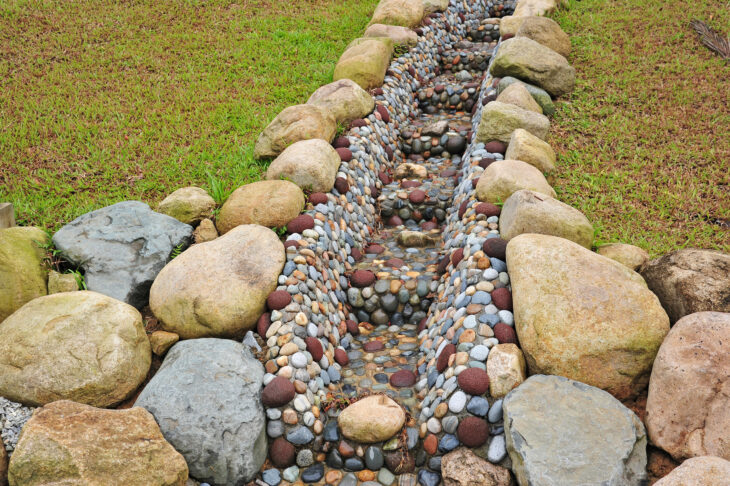
Source: nllandscapes.com
This is a type of trench characterized by the use of a perforated pipe. The drain rocks are placed inside the trench to enhance the flow of water into the pipe for the desired redirection. Most building foundations use French drains to protect their foundation from water damage, ensuring safety
Driveways
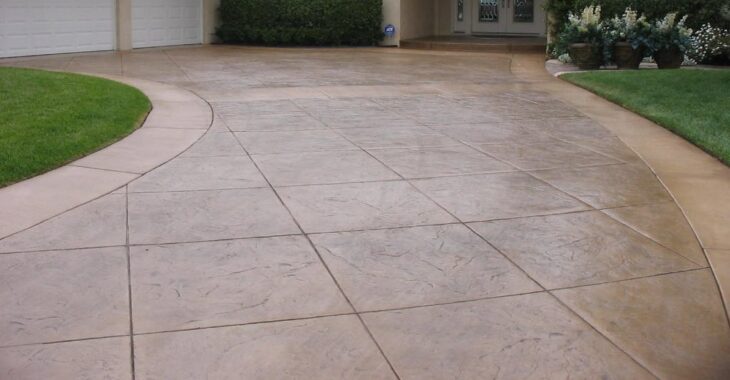
Source: concretenetwork.com
Although not often, with information gathered from Terraform Driveways, drain rocks can be used to outline and support paved driveways. They are particularly useful in absorbing runoff water when used underneath or around concrete. Also, the application of drain rocks around driveways helps prevent flooding caused by rainy water, which isn’t easily and quickly absorbed by the topsoil due to its thickness.
Gardening

Source: gardeningknowhow.com
Gardeners prefer using drain rocks as mulch in their gardens & landscapes to help prevent soil erosion. Some also add these rocks to the base layers of their garden beds to protect the plant roots from overhydration, especially during dry hot seasons.
In Conclusion
Base rock and drain rock might be rocks, but they perform different duties. Each is unique and most effective when used in specific applications. Drain rocks are porous gravel materials, and base rocks are a blend of fine and coarse aggregate. We hope the above information helps you differentiate the two and make the right choice is your next building project.
